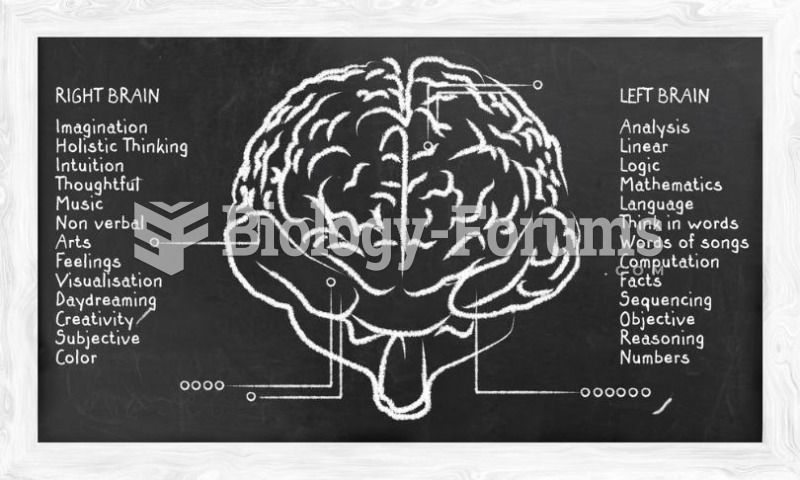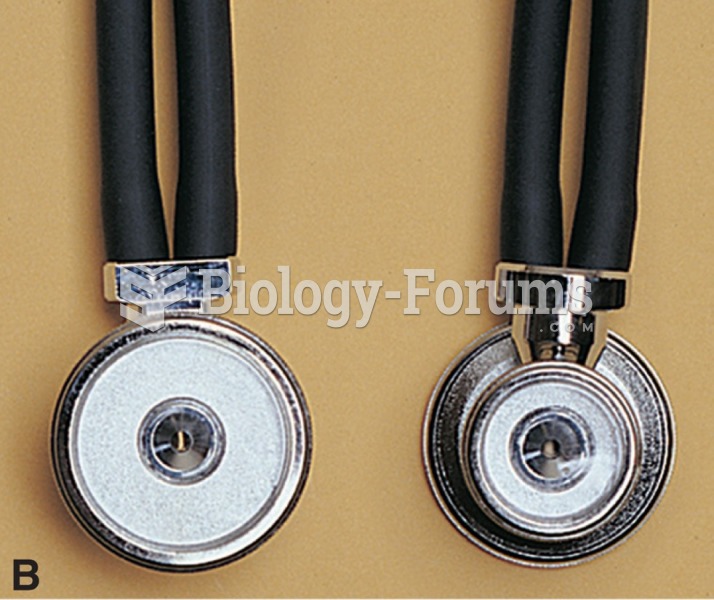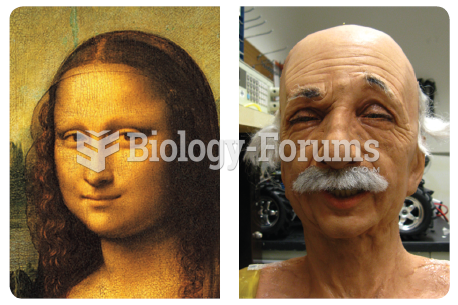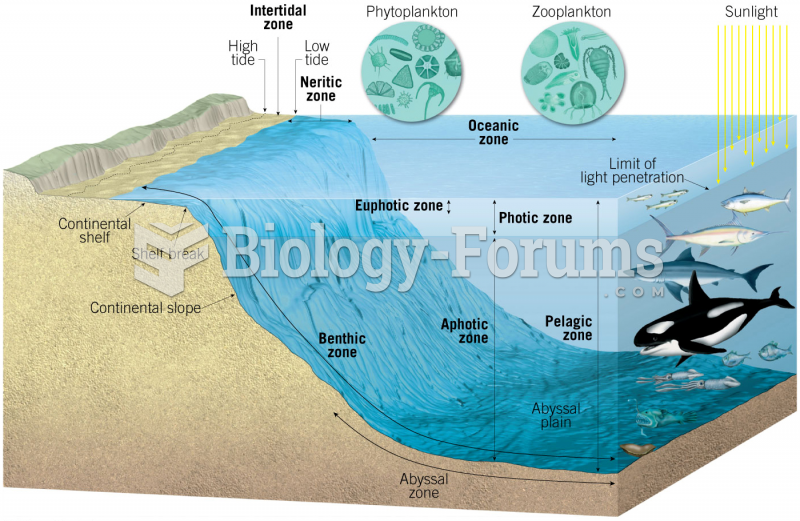|
|
|
Pope Sylvester II tried to introduce Arabic numbers into Europe between the years 999 and 1003, but their use did not catch on for a few more centuries, and Roman numerals continued to be the primary number system.
It is widely believed that giving a daily oral dose of aspirin to heart attack patients improves their chances of survival because the aspirin blocks the formation of new blood clots.
After 5 years of being diagnosed with rheumatoid arthritis, one every three patients will no longer be able to work.
Parkinson's disease is both chronic and progressive. This means that it persists over a long period of time and that its symptoms grow worse over time.
If all the neurons in the human body were lined up, they would stretch more than 600 miles.
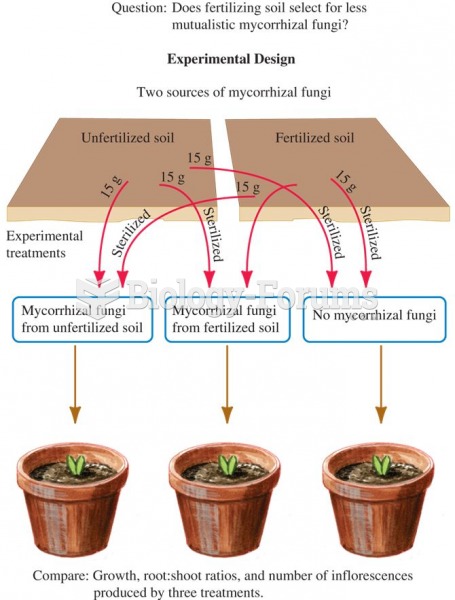 Testing the effects of long-term fertilizing on inter-actions between mycorrhizal fungi and plants o
Testing the effects of long-term fertilizing on inter-actions between mycorrhizal fungi and plants o
 The exhaust drives the turbine wheel on the left, which is connected to the impeller wheel on the ...
The exhaust drives the turbine wheel on the left, which is connected to the impeller wheel on the ...


